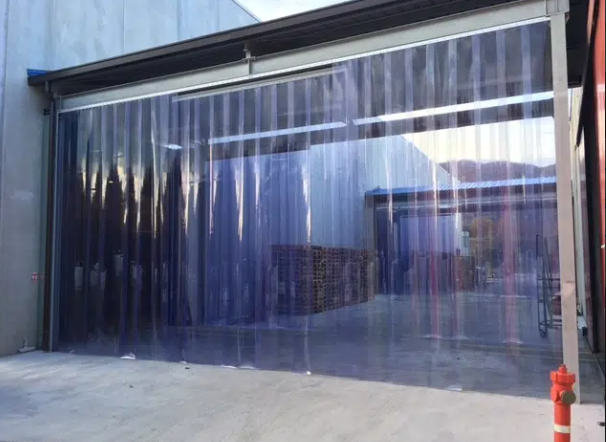Beyond the Basics: Advanced Maintenance Techniques for PVC Curtains
Maintenance Schedule for PVC Curtains
It is essential to establish a consistent maintenance routine for PVC Strip Curtains to ensure their longevity and optimal performance. Regular inspections should be conducted to check for any signs of wear or damage. If any issues are identified, prompt repairs or replacements should be carried out to prevent further deterioration of the curtains.
Cleaning PVC curtains on a regular basis is crucial to maintain their clarity and functionality. Dust and debris can accumulate on the surface, impacting visibility and reducing their effectiveness. A gentle cleaning solution and a soft cloth should be used to wipe down the curtains, focusing on areas where dirt tends to build up. This simple yet effective cleaning process can help prolong the life of PVC curtains and ensure they remain in top condition.
– Regular inspections should be conducted to check for wear or damage
– Prompt repairs or replacements should be carried out if issues are identified
– Cleaning PVC curtains on a regular basis is crucial for maintaining clarity and functionality
– Dust and debris can accumulate, impacting visibility and reducing effectiveness
– Use a gentle cleaning solution and soft cloth to wipe down the curtains
– Focus on areas where dirt tends to build up
– This simple cleaning process can help prolong the life of PVC curtains
Understanding the Impact of Environmental Factors on PVC Curtains
PVC curtains are a common choice for various industrial and commercial applications due to their durability and versatility. However, the environmental factors surrounding these curtains can significantly impact their performance and longevity. One crucial environmental factor to consider is temperature fluctuations. PVC curtains exposed to extreme temperatures may become brittle and prone to cracking, compromising their effectiveness in maintaining separation and controlling airflow.
In addition to temperature, exposure to UV radiation can also have a detrimental effect on PVC curtains. Prolonged exposure to sunlight can cause the material to degrade and lose its flexibility, leading to a shorter lifespan. It is essential to install PVC curtains in areas where they are shielded from direct sunlight to minimize the impact of UV radiation.
Advanced Cleaning Techniques for PVC Curtains
One effective technique for cleaning PVC curtains is to use a mild detergent mixed with warm water. Gently scrubbing the surface of the curtains with a soft sponge or cloth can help to remove dirt and grime without causing damage to the PVC material. It is important to rinse the curtains thoroughly after cleaning to ensure that no detergent residue is left behind.
Another advanced cleaning technique for PVC curtains is to use a specialized PVC cleaner. These cleaners are specifically formulated to effectively clean PVC material without damaging it. Follow the instructions on the cleaner carefully and ensure proper ventilation while using these products. Additionally, test the cleaner on a small, inconspicuous area of the curtain first to ensure compatibility before proceeding with full-scale cleaning.
How often should PVC curtains be cleaned?
PVC curtains should be cleaned on a regular basis, ideally at least once a month, to prevent dirt and grime buildup.
What environmental factors can impact the lifespan of PVC curtains?
Factors such as sunlight exposure, temperature fluctuations, and humidity levels can all impact the longevity of PVC curtains.
Can I use harsh chemicals to clean PVC curtains?
It is not recommended to use harsh chemicals on PVC curtains as they can damage the material. Stick to mild soapy water or specialized PVC cleaning solutions.
How should I store PVC curtains when not in use?
PVC curtains should be rolled up and stored in a cool, dry place when not in use to prevent damage from environmental factors.
Can PVC curtains be repaired if they are damaged?
Minor tears or holes in PVC curtains can often be repaired using patch kits or specialized adhesives. For larger damages, it may be necessary to replace the curtain altogether.





